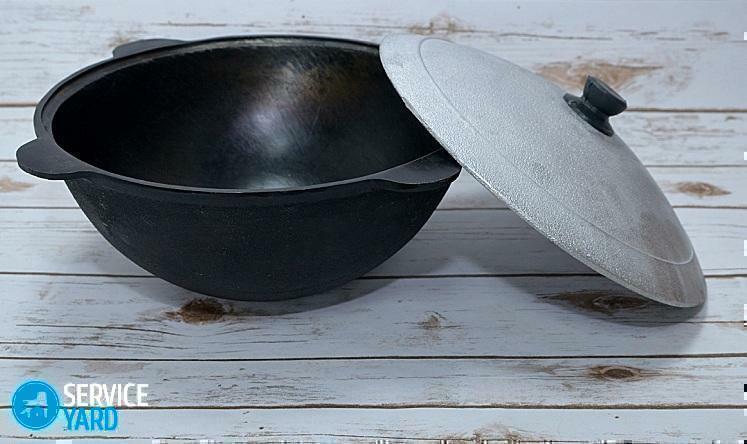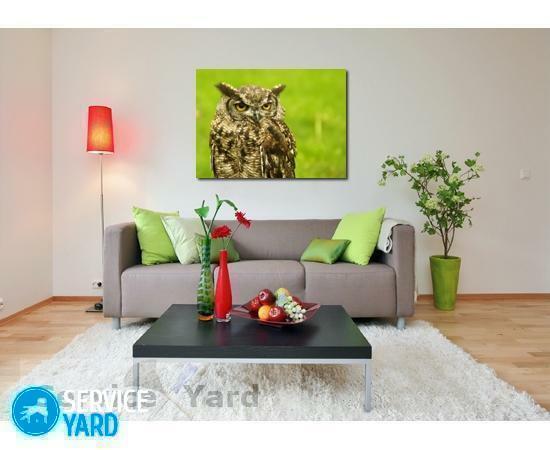Folk art of the Slavic peoples is deeply symbolic. It is not just about fairy tales. Any owner should possess such skills, not just to prepare food or sew a shirt, but to do so in accordance with the beliefs and traditions. Rich material for thought on this subject can give 10 interesting facts about the symbolism of embroidery in Russia.

The main signs
In Russia, embroidery originated long before the advent of writing and spread of Christianity. People using this kind of art as would lead a dialogue with their pagan gods gave them a tribute, requested protection. Therefore, ornaments on clothes, towels, shoes and other things applied on different occasions. Each of them was filled with a sense peculiar only to him.
It is interesting to know:

- The main character in the embroidery in Russia was a sign solstice, so he was placed cross. Straight, oblique or curved cross meant the continuity of movement of heavenly bodies, the cycle of nature and life. The so-called swastika appeared long before its use by the German National Socialists. But, by the way, and the Slavs were not the inventors of this sign. They signified eternal life more than two thousand years ago in India.
- Another significant phenomenon of nature and its constituent parts is also reflected in folk art. Direct horizontal symbolized the earth, the wavy line - the water, the oblique lines - rain.
- Charovrat. It performed as the fiery cross, is also reminiscent of a swastika. Pagans, what were the Slavs to bringing Christianity believed that the flame will cope with any manifestations of dark forces, to cleanse the thoughts of man.
- world tree. It symbolized the relationship of the underworld, the world of the living and the heavens. The better embroidered tree, the relationship was more powerful man with all the natural foundation of the universe.
Most of the major symbols used in the manufacture of clothing and shoes for men. It was assumed that the amulets can protect them in battle. Embroidery for these purposes made on the collar, sleeves and other parts of the garment covering the vulnerabilities person.
Family and women's wards
Another common Slavic symbol - central female figure, which are arranged around the riders or deer. This is a universal mother, mother Rhoda. It is believed that it provides the protection of the whole tribe, family, safeguard against disease, and women - and even infertility. Mother Rhoda depicted on the sheets and towels that have been used for some ceremonies, including weddings.
There were other family and women's charms:

- It was considered the most powerful Svadebnik. It symbolized the voluntary union of male and female. His action was directed to fret in the family.
- Firebird. It is a sign of love and happiness that can be achieved if the right to behave in different circumstances, and grab your luck by the tail time.
- Lelnik. It is a symbol of innocence. It was believed that the girls he brings appeal.
- Alive. Spring Goddess helps young women achieve inner harmony. About the same importance is the so-called ladinets, but it also extends the female youth.
To fulfill a wish, it was necessary to embroider the flower fern. Garments with him, and the boy could wear.
In the art of the Slavs came together and ancient beliefs, and knowledge of the laws of nature. Most of the embroidery has a sacred meaning.



